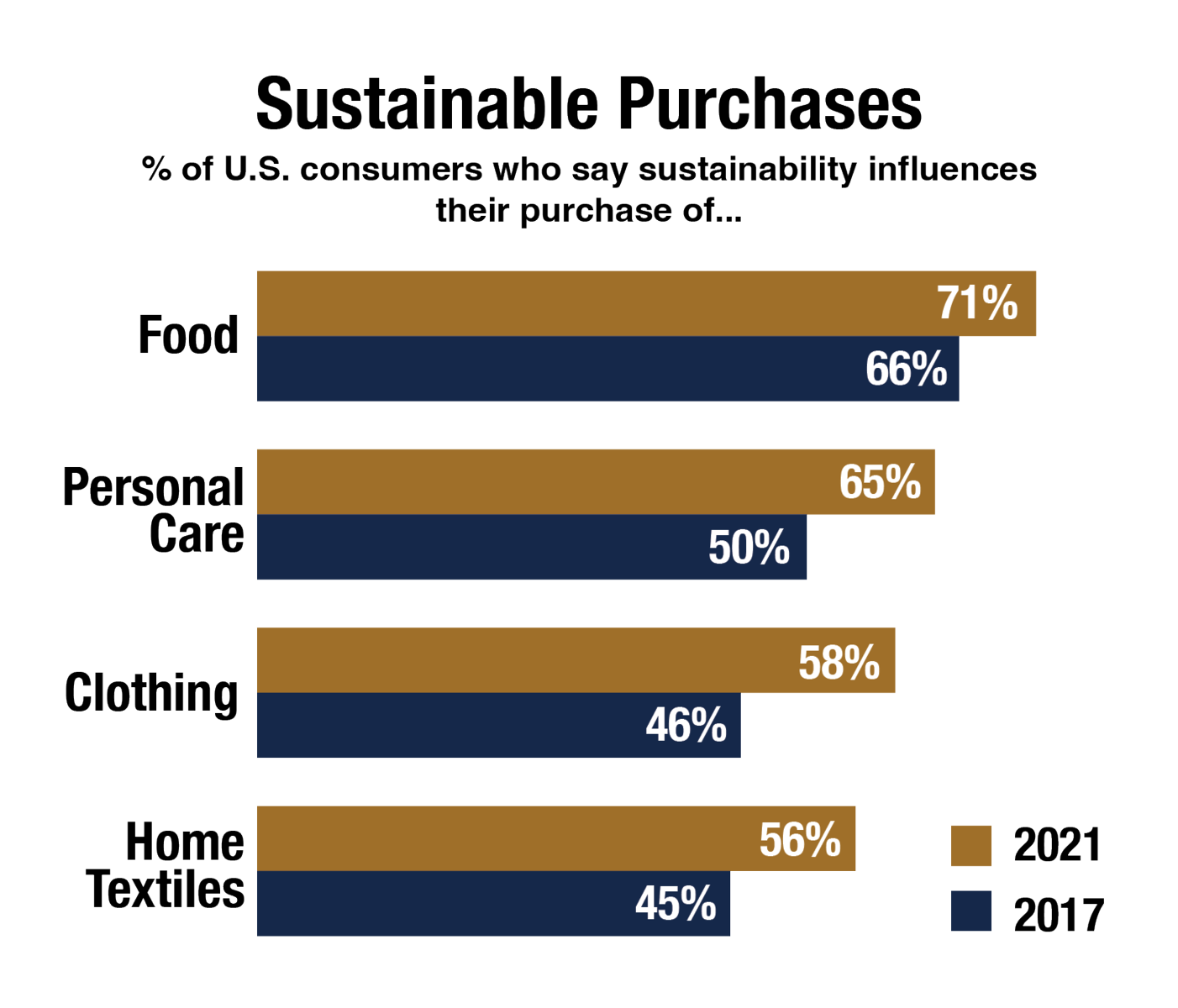GFB News Magazine
Spreading the message of cotton's sustainability
Posted on March 1, 2023 12:00 AM
 By Jay Stone, Georgia Farm Bureau
By Jay Stone, Georgia Farm Bureau
Making a good cotton crop is one thing. Doing it in a way that benefits the environment is next level. Officials with state and national cotton organizations say this is what Georgia’s cotton growers are doing.
Telling the story of cotton’s sustainability was a major theme of the Georgia Cotton Commission (GCC) Annual Meeting held Jan. 25. General session speakers praised growers for their work and shared opportunities available for farmers who continue to pursue environmental benefits.
“We’re trying to tell our industry’s story,” said GCC Executive Director Taylor Sills, who pointed out a variety of initiatives the organization is using toward that goal.
One key storytelling vehicle is the U.S. Cotton Trust Protocol (USCTP), which combines growers’ investments in sustainable practices with a marketing campaign highlighting those practices to consumers interested in buying sustainable products.
Among U.S. consumers, 58% say sustainability influences their purchases of clothing, according to Consumer Confidence Index data and a 2021 Cotton Inc. survey. This is up 12% from 2017 when 46% of U.S. consumers wanted clothes produced by sustainable methods.
USCTP continues to seek new growers to enroll and could offer participating farms significant financial compensation through the U.S. Climate Smart Cotton Program. The USDA awarded USCTP a grant in September to provide technical and financial assistance to more than 1,000 cotton farmers to adopt climate smart practices on more than 1 million acres. The program is expected to result in more than 4 million bales of Climate Smart Cotton over five years.
Growers have until March 31 to enroll in the USCTP program. Visit TrustUSCotton.org to learn more.
Cotton Inc. research supports sustainability
Cotton Inc. Vice President for Agricultural and Environmental Research Dr. Ryan Kurtz provided updates on the research organization’s work, noting that cotton growers are checking many key sustainability boxes. Kurtz pointed out that over the past 40 years, the cotton sector has reduced land use by 30%, cut soil loss by 45%, reduced water consumption by 58%, trimmed energy use by 31% and reduced greenhouse gas emissions by 25%.
Kurtz also addressed the need for economic sustainability.
“We’ve made significant improvements in all these areas. It’s through your efforts and the efforts of the research and Extension community that made this happen,” Kurtz said. “We’re trying to build on this, continue to make progress in these areas, make changes. We’ve set a series of 10-year goals to make continual improvement on the strides that you’ve already made. We’re not doing sustainability (just) for sustainability’s sake. We’re doing it to make you more profitable and your cotton more marketable.”
article continues below

Source: CCI & Cotton Incorporated's 2021 Global Sustainability Survey
Kurtz said that moving forward, Cotton Inc.’s research would be addressing current problems as they arise, keeping focus on yield and quality, looking for ways to improve input efficiency and validating emerging technologies.
Strategic studies will center on pest management, cottonseed quality, sustainability support, emerging technology, and genomics.
Kurtz said Cotton Inc. is also funding research focused on determining how cottonseed oil compares with olive oil as a component of the human diet. “We want to use these results in marketing to see if we can increase demand for cottonseed oil,” he said. “Almost all the data we’ve produced to date has been very positive or neutral. We feel like it’s a good spot to be in. Hopefully we can increase the prevalence of cottonseed oil and get it more into diets and help market it in a different way and add value.”
Crop insurance factors to consider
National Cotton Council Vice President for Producer Affairs Tas Smith discussed factors affecting crop insurance decisions facing growers. He also reviewed federal appropriations for cotton-related projects.
Smith said that for the 2022/2023 marketing year, the NCC encouraged producers to consider the Stacked Income Protection Plan (STAX) because of the programs' projected cotton prices at or around $1 a pound. Growers could see payments of $20-$40 per acre for their 2022 crop under STAX, Smith said.
“Payment under PLC is very unlikely in the 2022/23 crop year,” he said, noting that marketing year average prices reported by the National Agricultural Statistics Service (NASS) would have to fall below 74 cents per pound before PLC payments would be triggered. Current prices are in the mid-80s-cents per pound range.
Smith covered growers’ alternatives under the cottonseed provisions in the Agricultural Risk Coverage (ARC) and Price Loss Coverage (PLC) crop insurance programs for the 2023/24 marketing year.
“It’s not a clear-cut decision right now. It could change if the average price goes up a couple of cents,” Smith said. “I would just tell you to look at each farm individually.”
Smith also reviewed funding provisions under FY2023 federal appropriations, which include $15.45 million for the Boll Weevil Eradication Program, up from $14.725 million, $4 million to upgrade the USDA’s Agricultural Marketing Service cotton classing labs, $2.35 million in new funding to expand cotton genetics and fiber quality research, $3.75 billion for 2022 crop losses and $100 million to help cotton merchandisers with COVID-related supply chain losses.